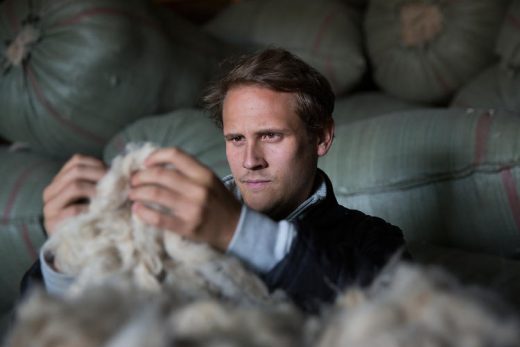Why One Man Bought 150 Tons Of Cashmere In The Gobi Desert With $3 Million In Cash
Last year, 28-year-old Matt Scanlan carried $2 million in cash, packed into flimsy plastic grocery bags, into the Gobi Desert.
He had transferred the money to a bank in Ulaanbaatar, the capital of Mongolia, but when he arrived after flying 20 hours from New York, he discovered that no single bank would give him all the money at once. So he shuttled around to six different locations where tellers gave him bags and bags of bundled-up cash. He proceeded to pack all of it into a land cruiser, to prepare for another 20 hours of driving along dusty dirt roads to get to goat herders who would sell him raw cashmere. “I packed them into the backseat of the car from floor to ceiling, all the way to the end of the car,” Scanlan tells Fast Company. “You couldn’t see out of the back window. It was just stacks of money.”
Scanlan was on a mission. As cofounder and CEO of fashion company Naadam, he has been working to transform the cashmere supply chain by purchasing the wool directly from Mongolian herders, rather than through middlemen who inflate prices. Three years earlier, Scanlan had spent a month among the nomadic herders, experiencing their 3,000-year-old way of life, but saw that many herders were reluctantly moving to cities to take higher-paying mining jobs. To help those who wanted to preserve their traditional lifestyles, he set out to make tending to goats more lucrative by finding a way to pay them more.
But sometimes, disrupting supply chains requires taking drastic measures.
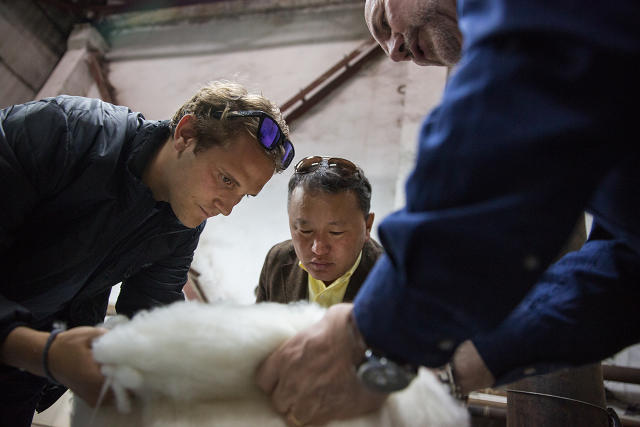
Scanlan did not set out to create a socially conscious fashion company. After graduating from NYU, he landed a job on Wall Street, but hated his work so much that two years into it, he decided to quit without another position lined up. The very next day, on a lark, he booked a flight to visit his college friend Diederik Rijsemus in Mongolia. (Rijsemus would later become his cofounder at Naadam.)
At their hostel, they happened to bump into an American journalist who was investigating the cashmere trade. “Turns out this guy grew up in the town next to mine in Connecticut,” Scanlan says. “You can literally go to the other side of the world and still meet a guy from Fairfield, Connecticut?”
Scanlan and Rijsemus decided to tag along on some of the journalists’ interviews with men who grew up as herders in the countryside. One thing led to another, and they found themselves accepting an invitation to travel to the desert with them to see what nomadic life was like. It seemed like a fun adventure, but because of the language barrier, they didn’t fully understand that the journey would involve 20 hours off-road in a land rover. “We were flying through the desert, and the entire time, the driver plays cards in the middle section of the car with the guy who is riding shotgun,” Scanlan remembers. “He barely looked at the road ahead. I knew my overbearing Jewish mother was going to kill me.”
They also didn’t realize that they would be stranded in the Gobi Desert for three weeks until their hosts decided to return to the city. But during their visit, they learned a great deal about where cashmere comes from.
Of the nearly 3 million people who live in Mongolia, about one-third are nomadic, tending to herds of between 250 and 1,000 livestock, including the goats that produce cashmere wool. They don’t own homes, but instead live in yurt-like dwellings called gers, moving from place to place so their animals can graze. There is no electricity or running water, and the herders live on goat’s meat and milk.
While the landscape is dramatic and beautiful, the climate is among the coldest in the world, with temperatures regularly dropping to minus 40 degrees Fahrenheit. Scanlan observed that the herder families were very proud of their traditional lifestyle and were dismayed by the trend of the younger generation moving to cities where they could take part in mining, which was more lucrative. “The culture of the country is deeply intertwined with this nomadic heritage,” he says. “There’s nothing else in the world like it.”

The worldwide cashmere industry has been booming, as cashmere sweaters and accessories have become popular in the U.S. and Europe. And yet Mongolian herders who produce some of the highest-quality cashmere fibers in the world haven’t benefited from this trend. Since they are so remote, brokers and traders come out to the desert once a year to purchase massive amounts of cashmere, then sell it to consolidators who sell it to mills.
According to Scanlan, brokers fix the price of cashmere at $20 a kilo, then sell it to consolidators at the global commodity level for $50. “This marginalizes the people who do all the work,” he says. “And on top of that, it artificially inflates the value of the material. But the herder never knows the difference.”
This was when Scanlan and Rijsemus decided that there was a business opportunity to buy cashmere directly from herders, paying them significantly more than they were currently earning, then turning the wool into products that they would sell directly to consumers. By cutting out the middlemen, they could ensure that the people doing the hardest work in the supply chain were better compensated while also selling cashmere sweaters for less than what they are sold for in the market. It would be a “farm-to-table” approach to luxury fashion.
“While brands like Everlane and Warby Parker are cutting out the retailer markup, we’re going all the way down to the raw material level to remove markups,” Scanlan says.

Three years ago, Scanlan and Rijsemus put this plan into action by raising money on Kickstarter to buy their first bundles of raw cashmere and create sweaters under the brand name Naadam, which refers to a traditional festival in Mongolia that includes wrestling, archery, and horse-racing competitions. Their initial goal was to make $20,000, selling sweaters between $140 and $200, but the project was so popular that they ended up generating $103,493.
This allowed them to build up their supply chain. They went to Mongolia and paid $31 for a kilo of cashmere, which is more than 50% more than other brokers, but they never resell the raw material. Instead, they bring it to factories in Italy, China, and even Mongolia to be milled and then turned into sweaters, hats, and gloves. They charge between $99 and $200 for 100% cashmere sweaters that are milled in Italy, which is significantly less expensive than garments of comparable quality from brands like Loro Piana, Brunello Cucinelli, or Portolano.
Over the last two and a half years, Scanlan and Rijsemus built a booming e-commerce business, but they discovered that there was also a demand for a wholesale business, where they could create and sell cashmere collections to retailers, sometimes under private labels. “We can get very good prices because we own the raw material and we can negotiate discounts at manufacturers by leveraging the cost of those law materials,” Scanlan explains.
By cutting out the middlemen margins, they are able to make 79% profits on e-commerce, 60% on wholesale, and 40% on private label, which is significantly higher than industry standards. And this year, they will make about $6 million in top-line revenue.
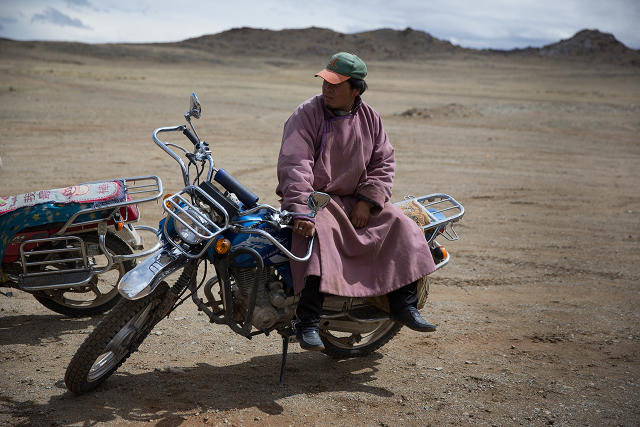
Of course, this means having to buy a lot of cashmere from herders, which is why Scanlan found himself in the middle of the Gobi Desert last year with piles of cash.
But for the business to continue to grow, Scanlan believes that they have to do more than sell high-quality sweaters at good prices. He believes that customers will stay loyal to the brand if it stays true to its social mission of helping to protect the nomadic communities who tend to the goats. To this end, Naadam is committed to investing 10% of all profits in the World Bank’s livestock insurance program, which gives herders a source of income in the event of natural disasters. In the winter of 2009, for instance, Mongolia lost 9.7 million animals, or 22% of their entire livestock base, causing the country’s GDP to drop by 1.6%.
“Here is my thesis,” Scanlan says. “I wanted to prove that if I deliver value around an aspiration, not for how you dress, but how you want to be and how you want to live—that is, giving back to other people—that people would want to buy into that, no matter what we sell them. Almost every step of the way, we’ve proved that is the case, and that is what is most exciting to me.”
related video: Your Cotton Bedsheets Harbor A Nightmarish Secret
Matt Scanlan, cofounder and CEO of Naadam, an ethically sourced cashmere company.
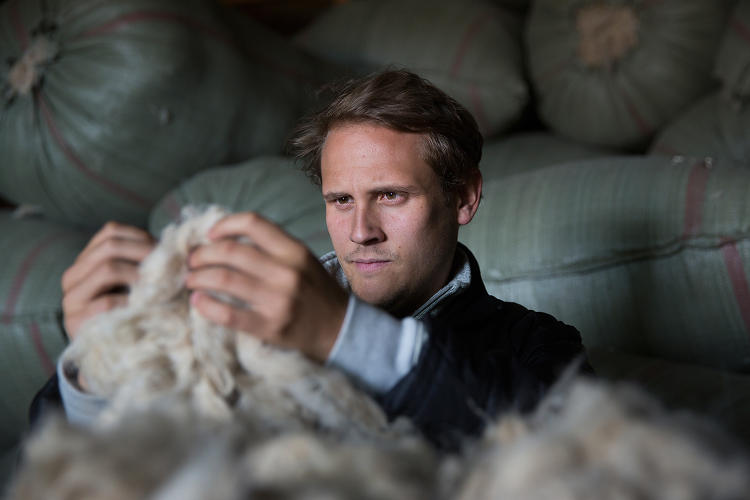
A Mongolian goat herder.

Goat herders and their flock in the Gobi Desert.
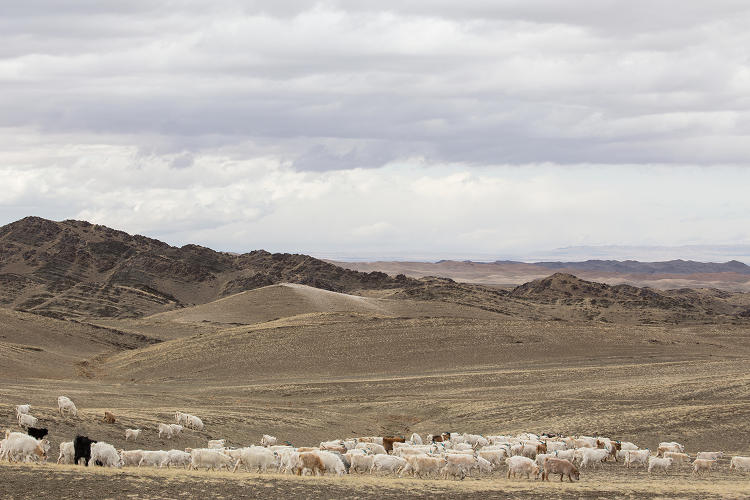
Mongolian goats.

The Gobi Desert.
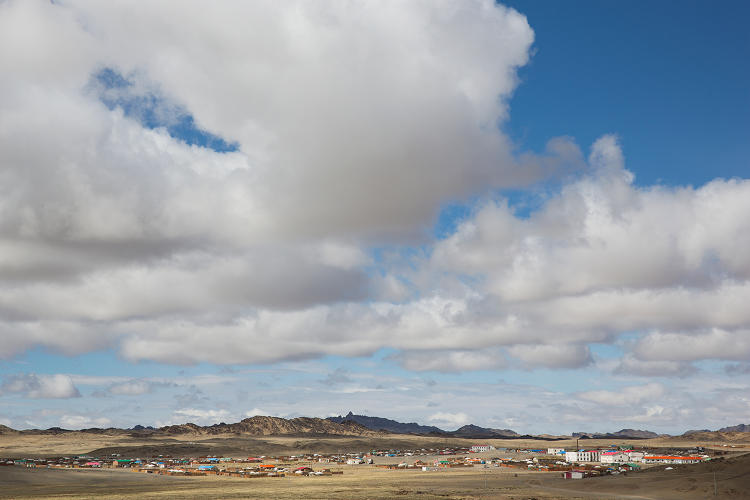
Nighttime in the Gobi Desert.
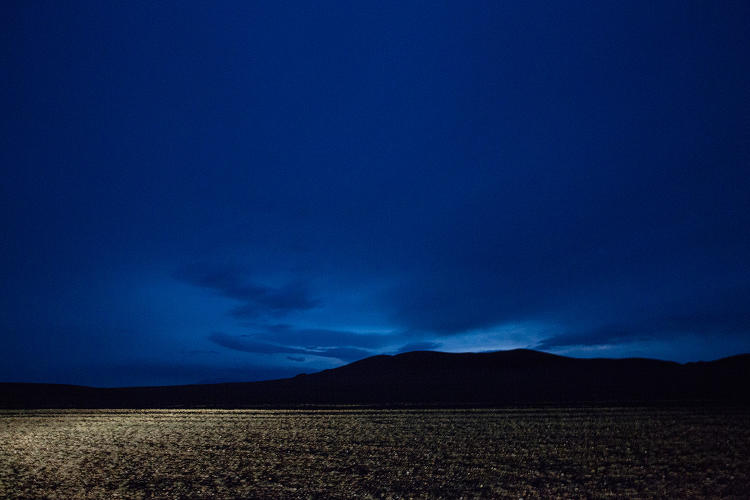
Images from Naadam’s collection.





Fast Company , Read Full Story
(57)

